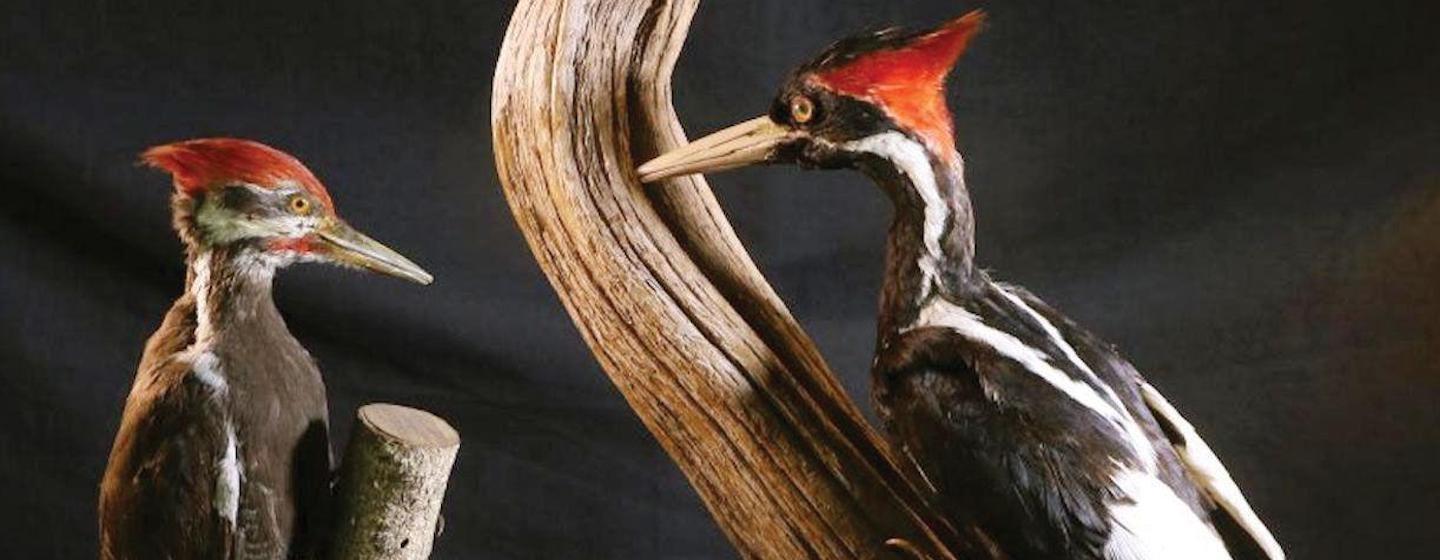Become a Part of the First-Ever North Carolina Bird Atlas


Scientists from government agencies, universities and nonprofit organizations are looking to harness the power of thousands of citizen scientists to help collect data for the North Carolina Bird Atlas.
It’s a five-year project that starts in March, 2021. Through their observations, those volunteer birdwatchers will map the distribution and abundance of birds from the Blue Ridge Mountains to the Outer Banks.
Novice and experienced bird watchers alike are all encouraged to sign up. The observations will give researchers a comprehensive picture of bird populations across North Carolina and help wildlife officials, land managers and conservation organizations make important conservation decisions about the state’s avian population.
“More people than ever before are learning to identify the cardinals, chickadees, and all the other bird species at their backyard feeders,” says Scott Anderson, bird conservation biologist at the N.C. Wildlife Resource Commission. “The NC Bird Atlas is a great opportunity for people to use these new-found skills and give a little back. You’ll deepen your knowledge of birds, have fun outside with new friends and contribute to a widespread and critical research project that ultimately helps us better understand and protect birds.”
Volunteers collecting data for the NC Bird Atlas will be asked to not only observe and identify birds, but also watch individual birds closely and record behavior. For example, an observer watching a Carolina Wren might take note of whether the bird is singing, or perhaps gathering twigs and leaves in its beak to build a nest. Volunteer observers will work with regional coordinators to fan out across designated areas over the course of the project and record the birds they see.
All of the data will be submitted through eBird, an online, user-friendly database of crowd-sourced bird observations.
The NC Bird Atlas is led by the N.C. Wildlife Resources Commission and partner groups, including NC State University, North Carolina Natural Heritage Program, Audubon North Carolina, U.S. Fish and Wildlife Service, University of North Carolina at Wilmington and Catawba College.
A recent study published in the journal Science documented the loss of nearly three billion North American birds since 1970, primarily as a result of human activities. The data collected during the NC Bird Atlas study will help prioritize conservation to benefit the most imperiled of North Carolina's birds.